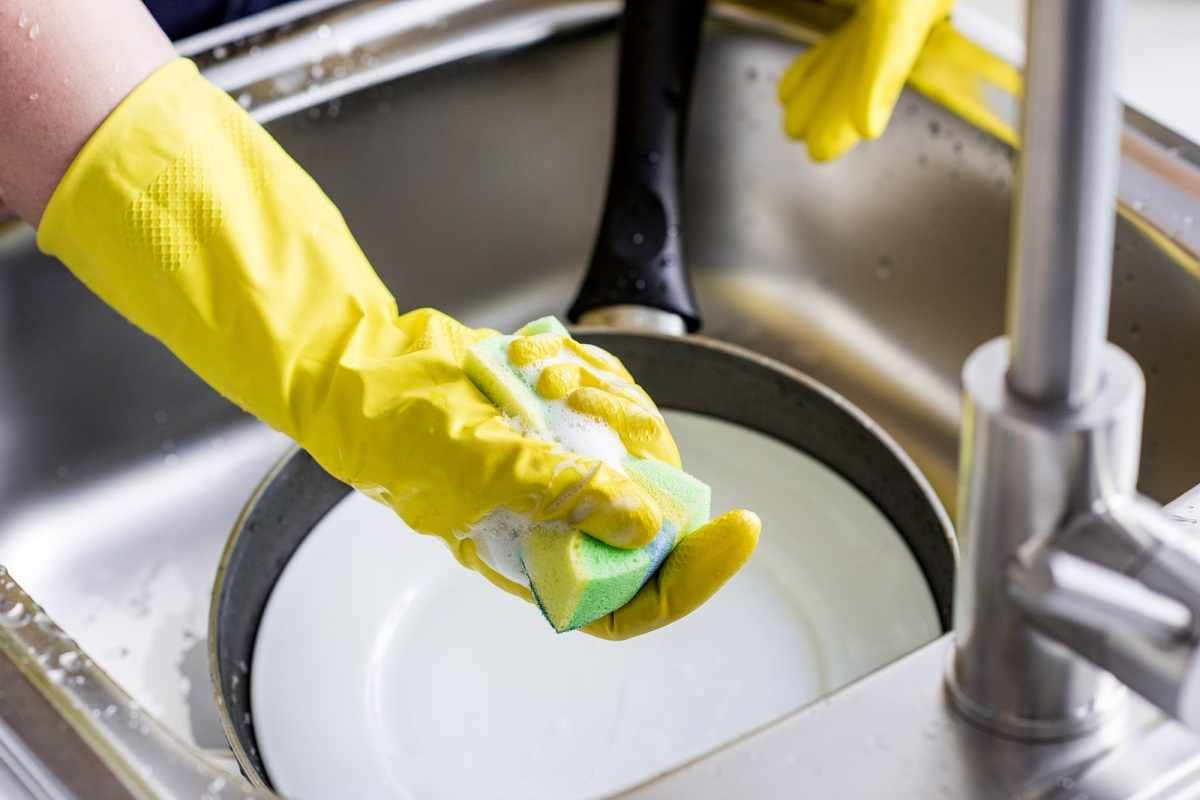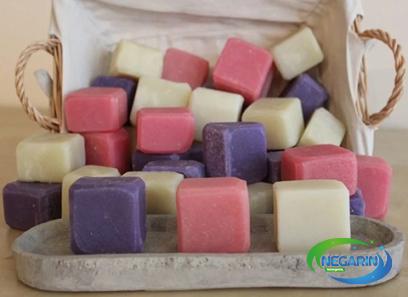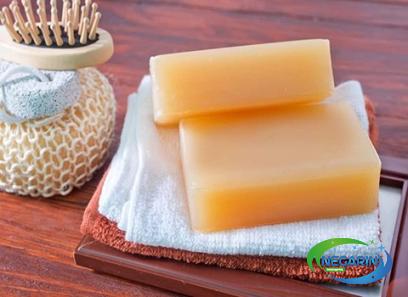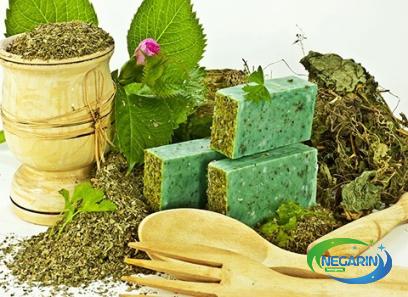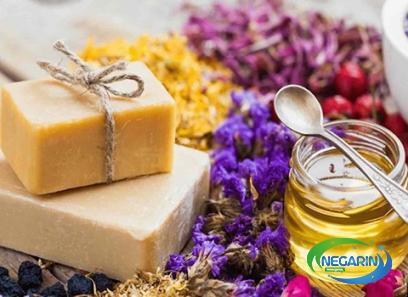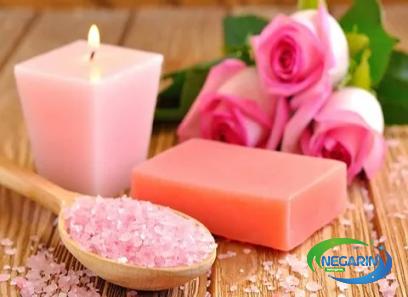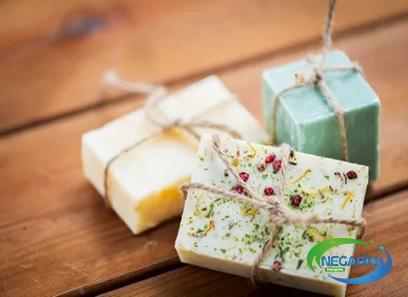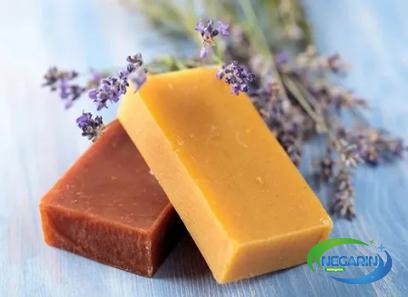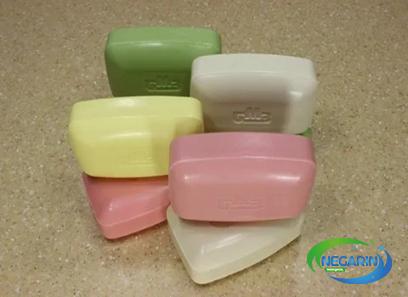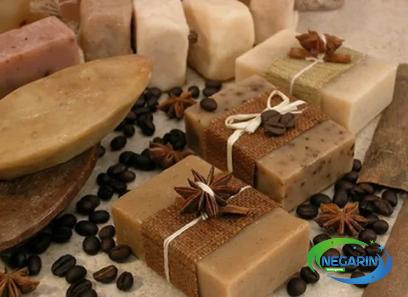is dishwashing liquid an acid or base
What Kind of Substance Is Dishwashing liquid? Is it an acid or a base? Dish soaps are one of the most popular household items we use on a daily basis
dishwashing liquid formulation
There are a variety of dishwashing solutions available on the market that are efficient in keeping our kitchenware clean and pristine
Knowing more about the supplies we use is important for our health and safety since we use them every day
Nobody wants to use cleaning chemicals that can really harm their health or irritate their skin, after all
We must be conscious of the pH levels of the dish soap we use in addition to its contents
What does it mean to be acidic and basic?
The pH of a solution may be classified into three groups
PH refers to a substance’s hydrogen potential
Consequently, each of them has unique capabilities and characteristics that set them apart from one another based on the particular solution we are discussing
Acid, neutral, and base are the three categories on the pH scale
Since the pH scale has a range of 0 to 14, each level must fall within a certain range to be referred to as “acidic,” “neutral,” or “basic
”
The three levels’ pH readings are as follows:
On the pH scale, basic chemicals are between 7
1 and 14, neutral substances are in the ideal range of 7, and acidic substances fall between 0 and 6
9
For instance, vinegar, which has a pH of around 2 or 3, is another item we use around the home
The pH scale will indicate that vinegar is an acidic solution
Borax, on the other hand, has a pH level of 10, which indicates that the substance is basic or, in the case at hand, alkaline
Alkali, as the word implies, refers to ionic salts or substances that may dissolve in water
This occurs because these substances react favourably with water and absorb hydrogen ions
Bases, on the other hand, are substances that may interact favourably with both acids and water
They will neutralise other acids when they mix with them
Alkalis, such as sodium hydroxide, which dissolves in water, are one form of base

dishwashing liquid dispenser
Some bases, like copper oxide, cannot dissolve in water and are consequently insoluble
What connection exists between acidity, bases, and alkalinity?
In conclusion, bases may or might not dissolve in water
A base that dissolves in water is an alkali base
Because of this, not all bases may be categorised as alkalis
Once we have established whether dish soap is an acid or a base, the issue of alkalinity will become crucial
What pH range does dishwashing liquid fall into?
As was previously established, by knowing a solution’s pH, we can tell whether it is basic or acidic
But how is it even conceivable? Simple
We run a test
evaluating the pH of a dish soap
Due to their unique ingredients, the numbers will vary depending on the manufacturer and the type of dish soap
You can conduct a test in the convenience of your home to find out the pH level of the brand you use
What you’ll need is as follows:
Hand soap
pH probes
How to use a pH strip
Dish soap should be placed in a container
You might need to dip the strip in the solution depending on the type of strip you have
Remove the strip after the advised amount of time has passed
Compare its colour to the matching pH levels listed on the package after observing its hue
In the United States, most dish soaps have a pH of approximately 9 or 10
If we use the pH scale as a guide, this will imply that dish soaps are generally basic rather than acidic
Alkalinity’s significance in dish soaps
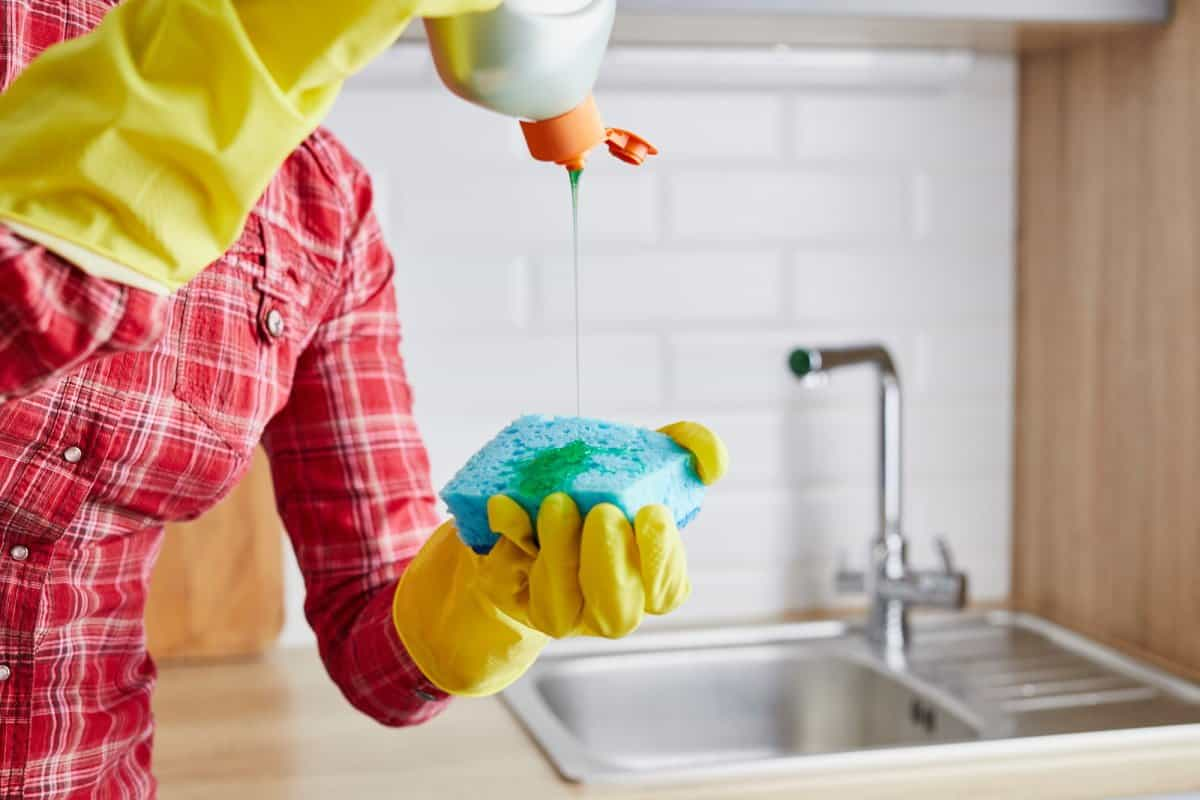
dishwashing liquid ingredients
Do you recall when we discussed alkalinity?
Given that the majority of dish soaps are based, as we’ve previously established, you may be asking whether they’re alkaline (since not all bases are alkali)
Imagine what would happen if we combined a dish soap solution with water to help you understand the issue
The mixture will be thinned down
Dishwashing liquids may also be thought of as alkaline as they have qualities that allow them to dissolve and mix well with water
Why is a dish soap’s alkalinity so high?
You may wonder why most commercial products have greater pH compared to others given that there are dish washes available with lower pH scales
This is due to the fact that soap’s ability to effectively clean your dishes depends on how alkaline it is
Since they work best for removing stains, oils, and other organic materials, the majority of the cleaning supplies we use are available in basic solutions
For instance, the pH level of baking soda, which many of us use for various cleaning tasks, is 9
Why are acidity and base important in soap formulation?
Dish soaps and other home goods can be useful for getting the job done
However, if they are misused, they might actually do more harm than good
People who use solutions that are either too acidic or too basic risk suffering severe chemical burns
Therefore, it’s critical to understand how to use these products correctly to avoid further skin irritation
Unfortunately, if a product’s pH level is insufficient for its intended use, it will not be harmful but rather a waste of your time and money
For instance, if you use a soap with a pH level of 5 because you’re afraid to use a harsh one, it might not do anything for your dishes
The ideal pH range for dish soap is in the range of 7 to 10
Anything greater than that range runs the risk of drying your hands and removing their natural oils
Other substances to be on the lookout for
Your dish soap smells better thanks to formaldehyde
However, it could result in organ abnormalities, allergies, cancer, and skin irritation
Antibacterial and antifungal activities are present in triclosan
However, it could result in cancer, endocrine issues, and eye discomfort
Dish soaps get their “suds” appearance thanks to cocamide DEA
However, it raises the risk of cancer and may severely dry out the skin
We manufacture a variety of dishwashing detergents including gentle dishwashing liquid and to order this item in bulk you can contact us
